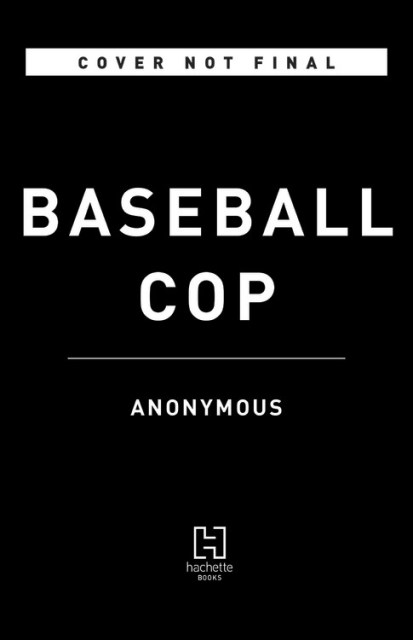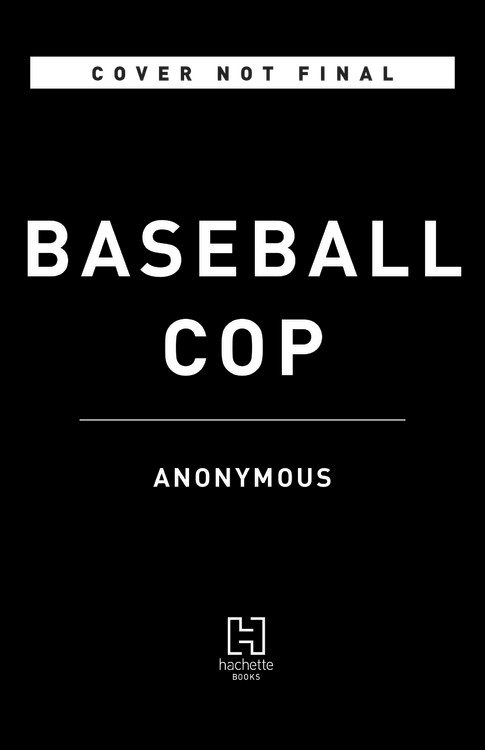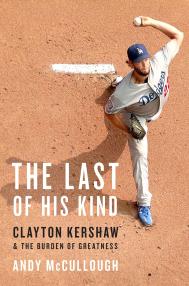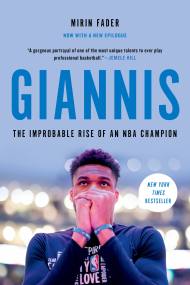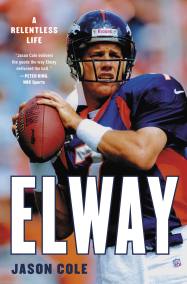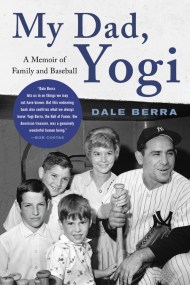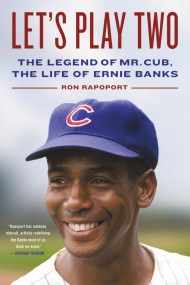Promotion
Use code MOM24 for 20% off site wide + free shipping over $45
Baseball Cop
Contributors
With Christian Red
With Teri Thompson
Formats and Prices
Price
$15.99Price
$19.49 CADFormat
Format:
- Trade Paperback $15.99 $19.49 CAD
- ebook $14.99 $19.99 CAD
- Hardcover $28.00 $36.50 CAD
- Audiobook Download (Unabridged)
This item is a preorder. Your payment method will be charged immediately, and the product is expected to ship on or around April 2, 2019. This date is subject to change due to shipping delays beyond our control.
Also available from:
In the wake of 2005’s sometimes contentious, sometimes comical congressional hearings on performance-enhancing drugs in baseball and the subsequent Mitchell Report, Major League Baseball established the Department of Investigations (DOI). An internal and autonomous unit, it was created to not only eliminate the use of steroids, but also to rid baseball of any other illegal, unsavory, or unethical activities. The DOI would investigate the dark side of the national pastime–gambling, age and identity fraud, human trafficking, cover-ups, and more–with the singular purpose of cleaning up the game.
Eduardo Dominguez Jr. was a founding member of that first DOI team, leaving a stellar career with the Boston Police Department to join four other “supercops”–a group that included a 9/11 hero, a mob-buster, and narcotics experts–keeping watch over Major League Baseball.
A decorated detective as well as a member of an FBI task force, Dominguez was initially reluctant to leave his law-enforcement career to work full-time in baseball. He had already seen the game’s underbelly when he worked as a resident security agent (RSA) for the Boston Red Sox in 1999 and become wary of the game’s commitment to any kind of reform. Only at the persuasion a widely respected NYPD detective tapped to lead the DOI did Dominguez agree to join the unit, which was the first–and last–of its kind in major American sports. “We could clean up this game,” his new boss promised.
In Baseball Cop, Dominguez shares the shocking revelations he confronted every day for six years with the DOI and nine as an RSA. He shines a light on the inner workings of the commissioner’s office and the complicity of baseball’s bosses in dealing with the misdeeds compromising the integrity of the game. Dominguez details the investigations and the obstacles–from the Biogenesis scandal to the perilous trafficking of Cuban players now populating the game to the theft of prospects’ signing bonuses by buscones, street agents, and even clubs’ employees. He further reveals how the mandates of former senator George Mitchell’s report were modified or ignored altogether.
Bracing and eye-opening, Baseball Cop is a wake-up call for anyone concerned about America’s national pastime.
Genre:
- On Sale
- Apr 2, 2019
- Page Count
- 304 pages
- Publisher
- Hachette Books
- ISBN-13
- 9780316483988
Newsletter Signup
By clicking ‘Sign Up,’ I acknowledge that I have read and agree to Hachette Book Group’s Privacy Policy and Terms of Use
